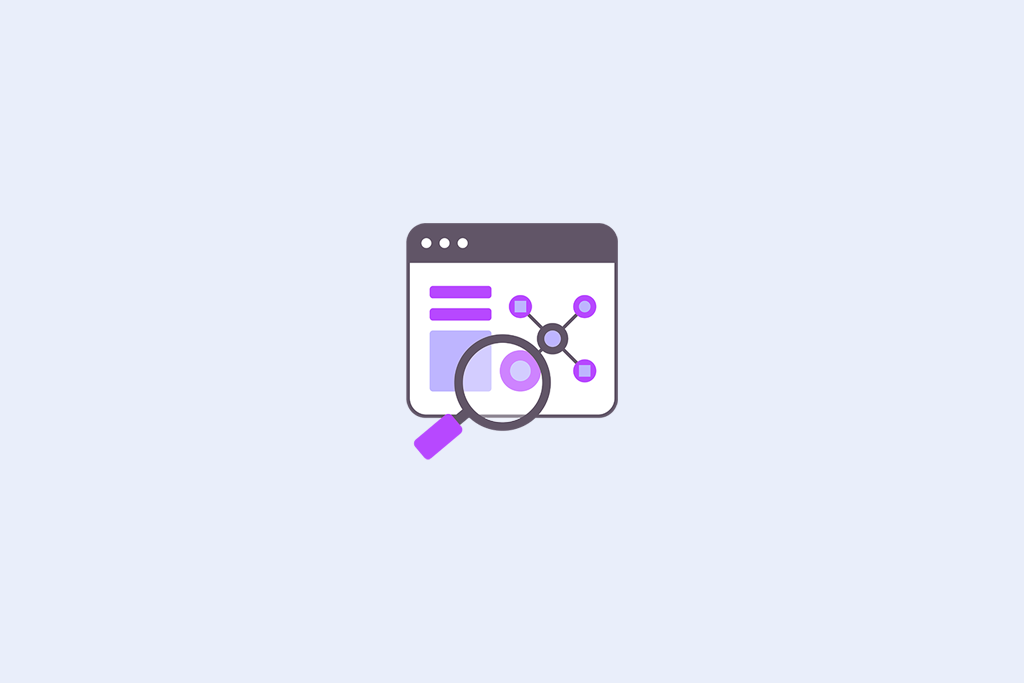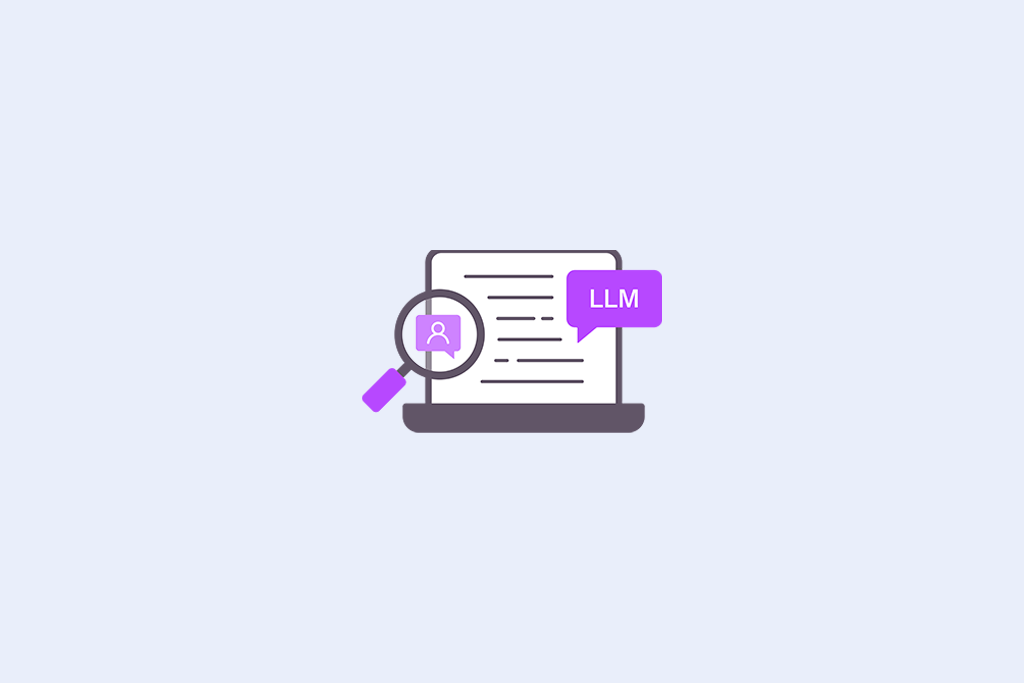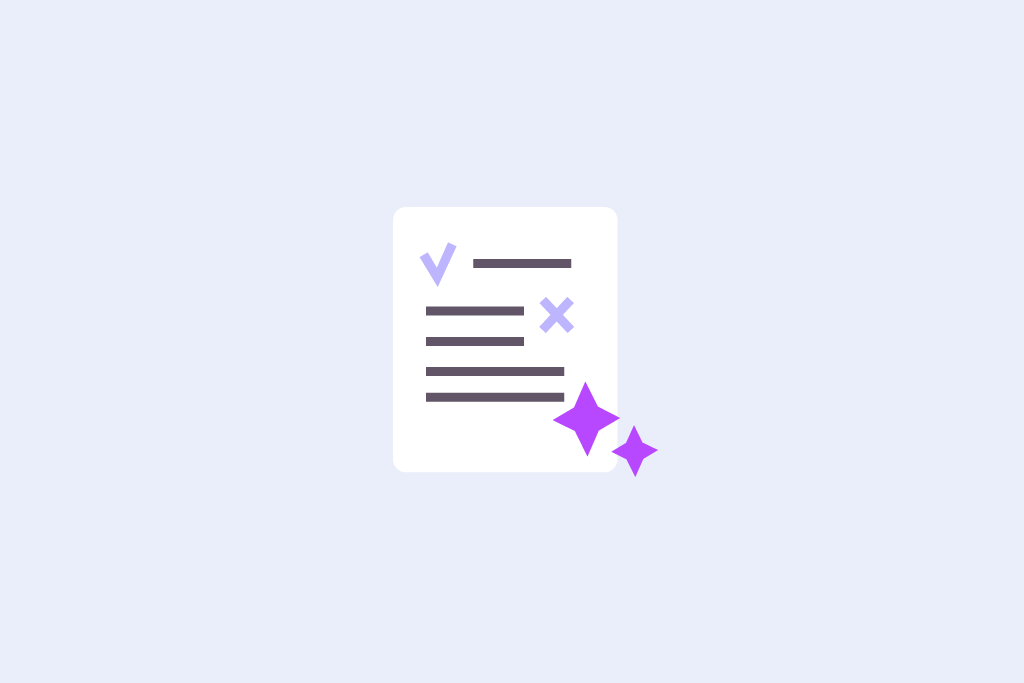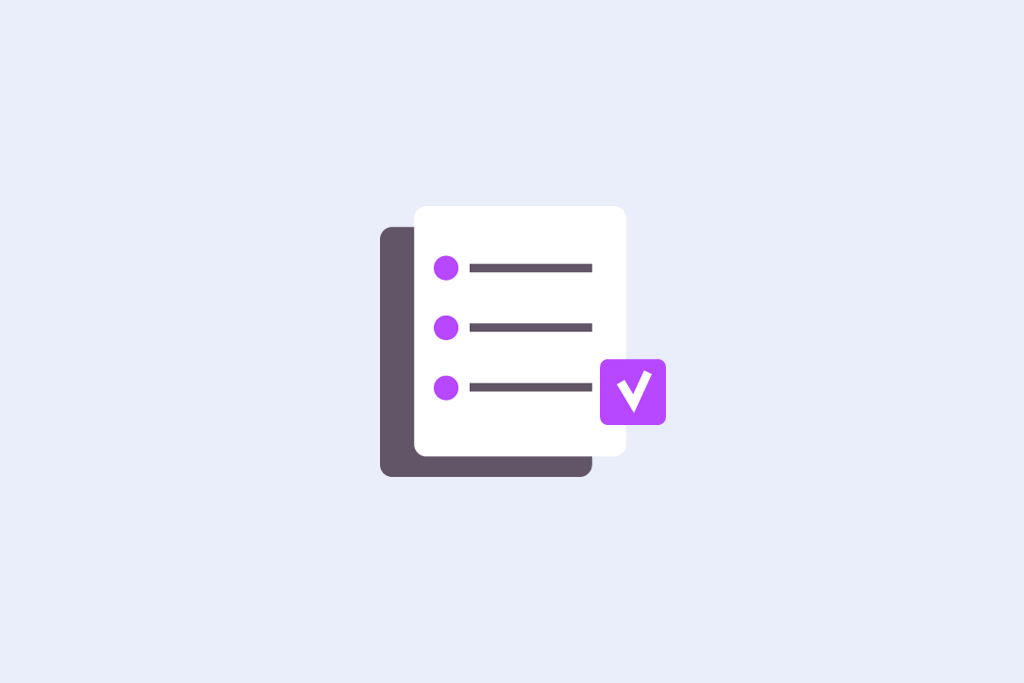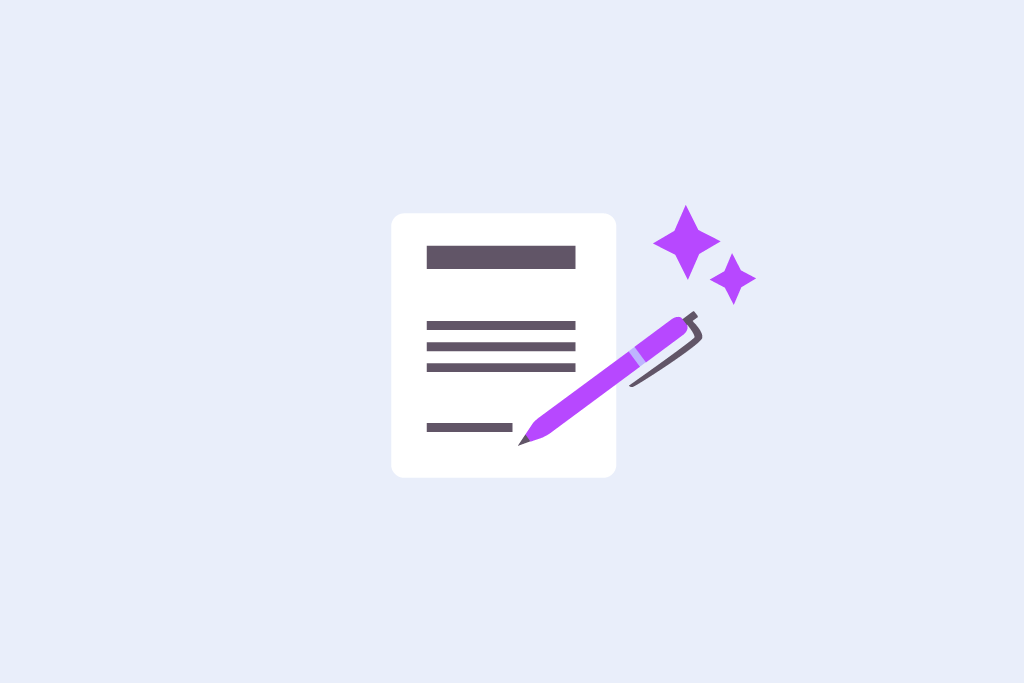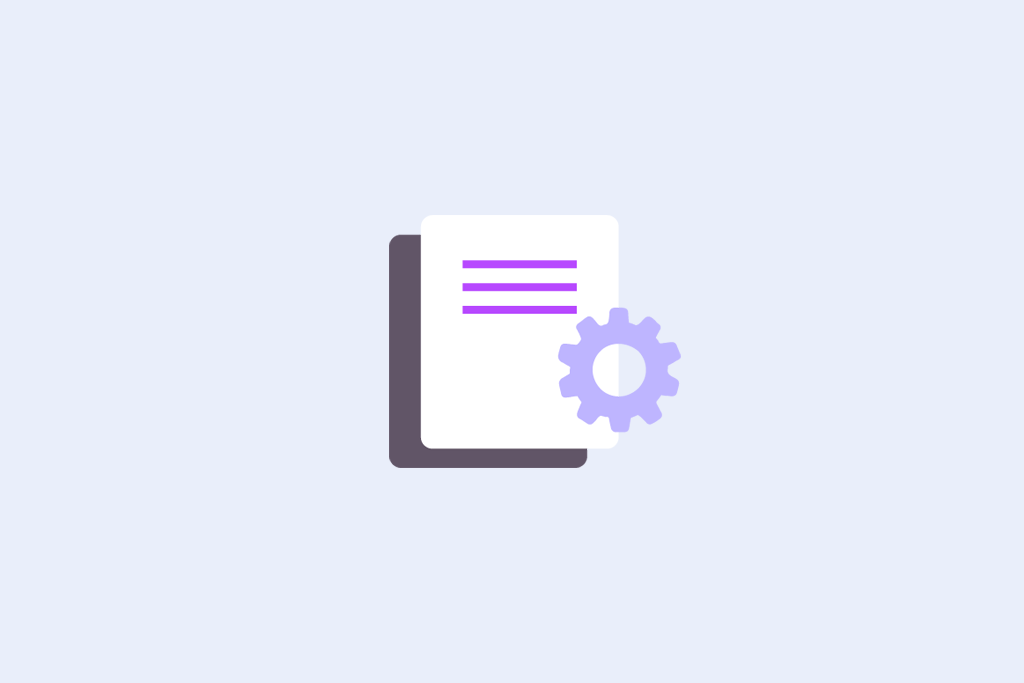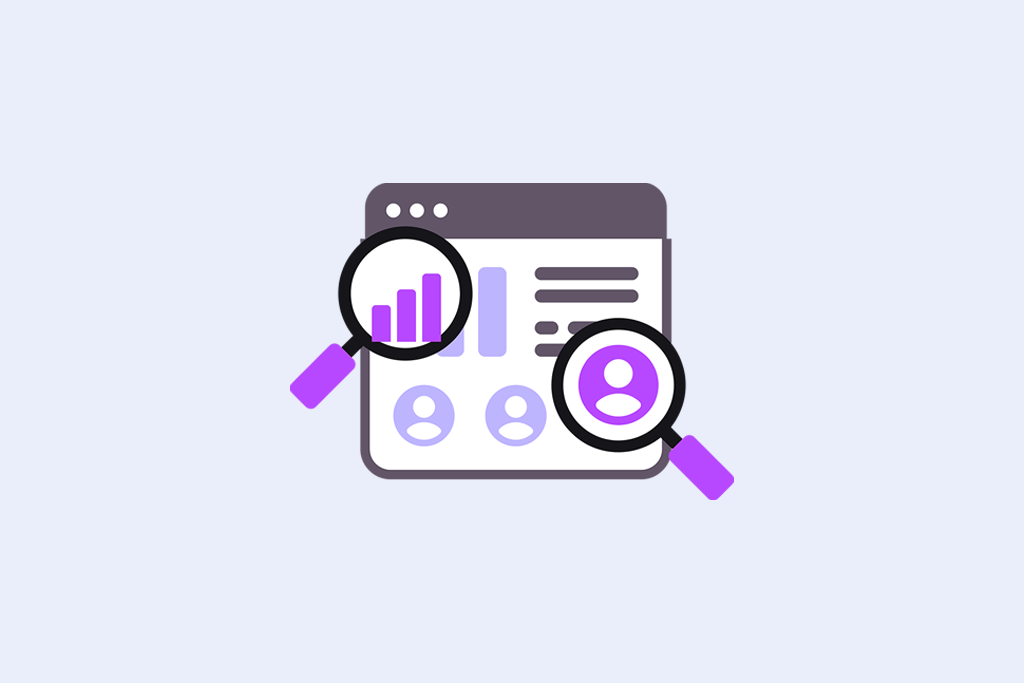In WP SEO AI’s Settings, you can:
✅ Brief the AI about everything about your company (Services, Target Audience, Company Description,…)
✅ Define your individual Writing Style and Tone of Voice
✅ Select the languages to create content for (+40 languages available)
✅ Create your own prompt library to hyper-customize content production workflows
✅ Define Pillar Links for automated Internal Linking
✅ Setup Content Alerts to stay up-to-date on well performing content
✅ Define Pillar Links for Internal Linking
✅ Create your automated Posting Schedule
✅ Configure and prompt how blogpost images are generated
The Configure your AI feature allows you to transform our software into a content teammate who truly understands your business, your tone of voice, and the audience you want to reach.
It’s not just about filling in a few fields — it’s about creating a system that writes with context, insight, and purpose.
With a few simple but powerful configurations, you can make the AI work just like someone on your marketing team — knowing your services, understanding your audience, and aligning every word with your brand’s personality.
This is done through two main components: the Settings Panel and the Knowledge Base.
Why we built the Settings feature
Configuring your AI properly unlocks a whole new level of control, precision, and relevance. Here’s what you get out of it:
- Custom-fit content creation: Every article feels like it was written by someone who works in your company.
- No more rewriting generic outputs: You get content that aligns with your strategy, services, and goals from the first draft.
- Smarter use of your own material: Feed the AI with what you already know — and let it amplify that knowledge across your website.
- Scalable without sacrificing quality: Even at scale, your content stays on-message and on-brand.
How to use the Configure your AI feature
You are currently viewing a placeholder content from YouTube. To access the actual content, click the button below. Please note that doing so will share data with third-party providers.
More Information1. Tailor the AI using the Settings Panel
The Settings Panel is where you begin teaching the AI about you. Here’s what you’ll configure:
- Company Info: Define your brand name, describe your business, and select your industry.
- Services & Products: Add names and descriptions for what you offer. You can write these yourself or generate them with the AI.
- Target Audience: Help the tool understand who you’re trying to reach so it can write with your audience in mind.
- Tone & Writing Style: Set the tone of voice that matches your brand — from professional to conversational.
- Content Guidelines: Upload internal guidelines or instructions that reflect how your content should be structured, formatted, or phrased.
These inputs allow the AI to speak your language — literally. The more detail you provide, the more accurate and on-brand the output will be.
2. Train the AI with your own knowledge base
To go even deeper, you can build out a Knowledge Base within the software. This is especially useful if you operate in a niche industry or want to publish expert-level content in a specific topic area.
Here’s how it works:
- Create a topic-specific knowledge base (e.g., “Dental SEO,” “Sustainable Packaging,” “Cleanroom Garments”).
- Add your own trusted sources: PDFs, webpages, internal documents, or key blog articles.
- Use this knowledge when creating content: The AI will reference your materials as the foundation for everything it writes.
This ensures accuracy, consistency, and credibility — especially when writing content in areas where authority matters most.
Final thoughts
If you want content that feels personal, insightful, and genuinely helpful to your audience, it all starts here. Configure your AI isn’t just a settings page — it’s the blueprint that turns our software into an extension of your team.
Take the time to set it up right, and your future self (and your content performance) will thank you.

